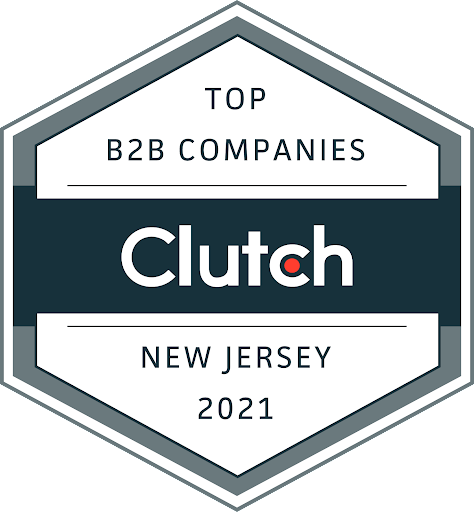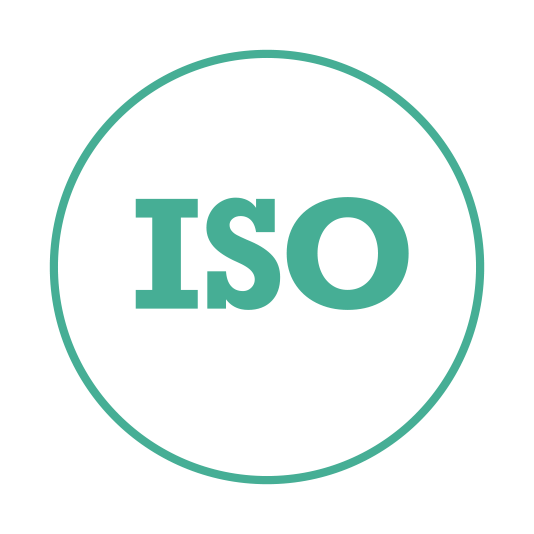Embracing Data-Driven Social Media Strategies to Reach Diverse Audiences
![]()
Written by: Nicole Hunt
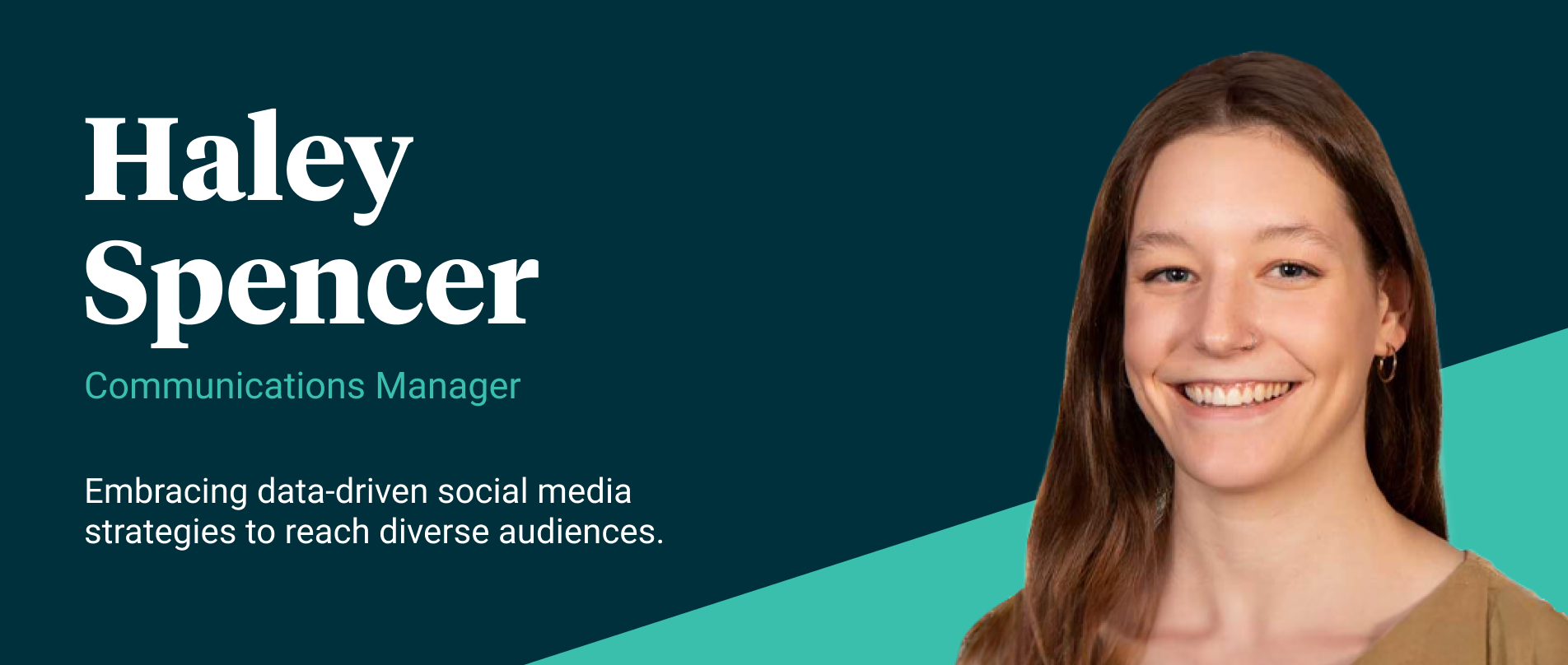
Today, we’re continuing our “Teammate Spotlight” series with Haley Spencer, Communications Manager at Urban Emu. Haley embraces data and analytics to manage the ever-changing social media landscape and promote public health online for our federal clients.
Q. What is your primary role at Urban Emu?
A. My title at Urban Emu is Communications Manager; however, I see my work as sitting at the intersection of creative strategy, analytics, and digital trends. My work encompasses how we help our clients effectively communicate in the ever-changing digital space. I love that the work I do involves finding creative solutions and getting to collaborate with a dedicated, mission-driven team.
Q. You’ve worked extensively in social media and audience engagement across multiple government agencies, including the CDC and the National Institute of Health, as well as your current work with MyPlate and the USDA. What are some of the projects you’re most proud of?
A. I feel so lucky to have worked on so many amazing projects! One that comes to mind is I got to support a National Institutes of Health’s social media campaign to combat COVID-19 misinformation. We researched popular misinformation being spread on social media and developed social content and graphics to provide correct information, linking to different research that NIH conducted. I also supported a Facebook Live Q&A between former NIH Director Dr. Francis Collins and Dr. Kizzmekia Corbett (one of the scientists whose research contributed to the development of the COVID-19 vaccine).
Since working at Urban Emu, I helped our client launch the official MyPlate Instagram account! Continuing to build out their Instagram has been such a fun opportunity since it’s my favorite social media platform, and there’s a variety of content to post.
Q. Working on government communications during the pandemic must have been a formative experience. What lessons did you learn managing social media for a federal agency during a national crisis?
A. A few things stand out. First, it’s hard to change people’s beliefs. Second, there’s a lack of trust in public health institutions. And third, tailored content matters. These were all things that I knew, but I don’t think I had a good grasp on the actual extent of them. The distrust in public health and changing people’s beliefs go hand-in-hand; the COVID-19 pandemic only exacerbated these issues. Relatedly, we saw the importance of tailored content. Health and Human Services’ “We Can Do This!” campaign is a great example of this. Different messaging, materials, and even trusted messengers were used depending on the audience they were trying to reach.
Q. One of the most important components of social media management is, of course, being social – or engaging with your audience. How do you measure whether or not a social media campaign is successfully engaging with the target audience?
A. It’s all about the data. You need to conduct research ahead of a campaign to know your audience and collect data to answer questions like: What platforms are they using? What times of day are they most active? Are there any keywords or content they regularly search for? Setting up listening streams is a great way to tap into this prior to launch and can be used during the course of a campaign to monitor ongoing conversations.
In this age of social media, it’s a pay-to-play world. Social platforms have impressive targeting functions that make it easier to reach the people you’re trying to connect with. Aside from paid social efforts, you can learn a lot about the people you’re reaching with analytics like engagement metrics. The total number of impressions and reach used to be the gold standard for social media analytics, but I think we’re seeing a shift in the way engagement is measured. Now, link clicks, shares, and saves will tell you a lot more about the success of your campaign.
Q. Social media strategy obviously requires a strong vision and a plan but also needs to allow for flexibility. How do you approach finding the right balance?
A. A strong brand and voice provide a really strong backbone to support that balance. While the social landscape changes and trends come and go, messaging, brand, and voice are the consistent pieces. You can apply these elements to what’s “trendy” (which you should do to stay relevant), but these pieces help keep your message consistent.
Q. Can you give me an example of a time you’ve shifted your social media strategy to respond to industry trends?
A. During the height of the pandemic, when many people were working from home, content dramatically shifted to live streaming. Working with NIH, we conducted many Instagram and Facebook Lives or interviews via Zoom that were published on social. We were responding to the social landscape while balancing how we could effectively reach people to share important information.
Q. What would you say is the primary difference between managing social media strategy for government agencies and federal clients versus private organizations
A. Government agencies and federal clients tend to avoid jumping on social trends, can be timid about developing new types of content, and are more particular about how they engage with their audience(s). While you may see accounts like Wendy’s commenting on influencers’ pages or responding to comments, federal clients tend to be wary about engaging this way. I find all of these to be fun challenges when working with federal clients- you must be creative in your approach and solutions while working within specific parameters.
Q. Do you anticipate any changes in how federal clients approach social media in the coming months and years? What is the future of social media, in your opinion?
A. I think federal clients will be more open to launching (or expanding) their video content. As activities return to in-person, I think there’s also a desire to find new ways to reach audiences besides “live” content.
Social media is constantly changing – whether it’s people shifting to a particular platform or social trends that transcend every digital channel. I think Facebook, YouTube, and Instagram will remain popular, and accounts will move away or stop investing as much of their time and money in X. I’m interested in seeing how the landscape might change around paid, too. As I said earlier, it’s a pay-to-play arena, but we’re now seeing security features rolled out, like Meta Verified for Business and X Premium, requiring payment. So, it will be interesting to see how those things change social media.
We’re so grateful to have Haley on our team to help shape our social media strategy! Stay tuned for more teammate spotlights.
Contact Us
Urban Emu is an experience agency proudly driven by a singular mission: to transform the way humans live. We achieve this through a powerful fusion of design, technology, and communications, creating unparalleled online and offline experiences.
We love to hear about ideas big or small. Please don’t hesitate to get in touch with us regarding your project.
Email: hello@urbanemu.com





